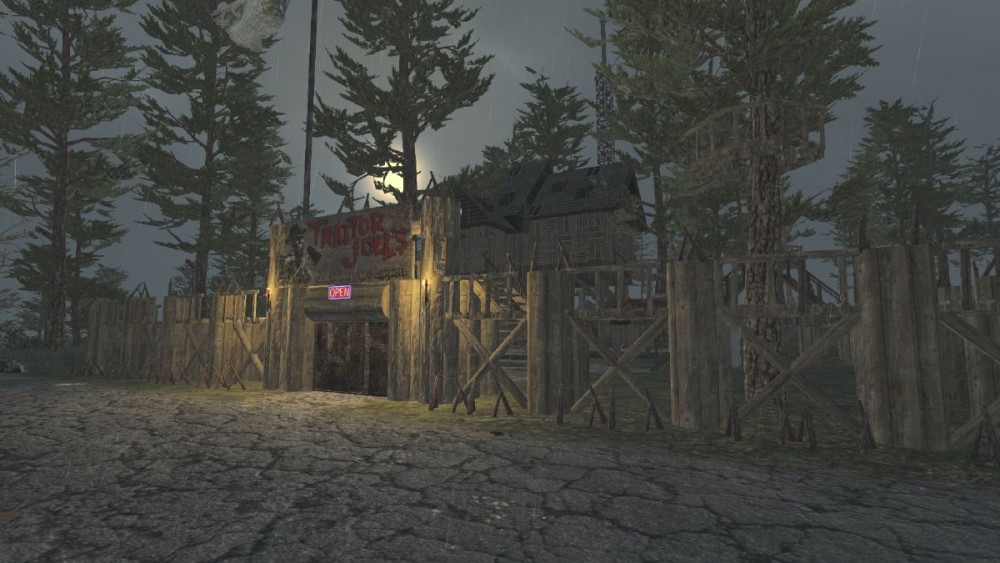
Natural Coir string is used to create the framework for the hops to climb, supported by the permanent structure of the poles and wirework. In fact, some farmers use the winter to complete the job slowly. The ‘stringing’ of tall hop yards and hop gardens starts in March. Depending on the warmth of the Spring, this usually starts in early April when the first shoots start to emerge. The hop plant is perennial and grows back from the rootstock every year. Despite this we are entirely at the mercy of the season and yields vary accordingly, most notably on the number and timing of the Damson Hop aphid. We rely on keeping the plants as healthy as possible and to do this we keep the soil in as good a condition as we can and do not encourage excessive growth in the plant. On the other hand, the weeds give a diversity of habitat where beneficial insects such as aphid and red spider eating predators can live. On the one hand they compete with the hops for nutrients and moisture so significantly reducing yield potential. The first thing you notice is that our hop yards tend to be full of weeds. Growing organic hops in the UK presents quite a challenge. Hop growers are resilient folk and often grow other horticultural crops, particularly apples.


Hops require a high attention to detail throughout the year but most especially in the growing months as they need to be checked weekly, sometimes more often. Growing hops is one of the hardest crop choices in farming.


 0 kommentar(er)
0 kommentar(er)
